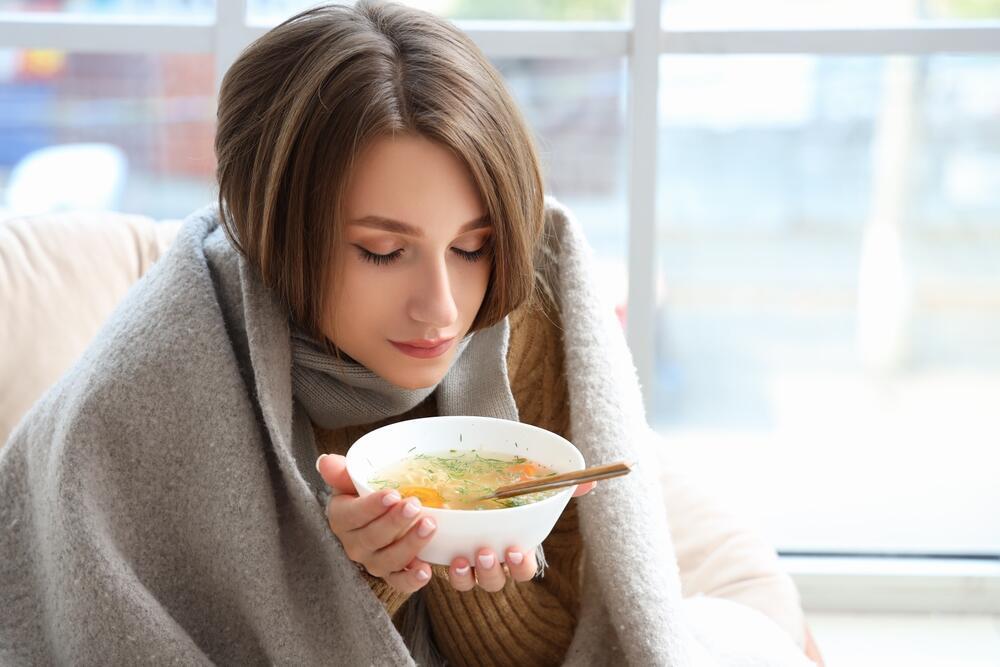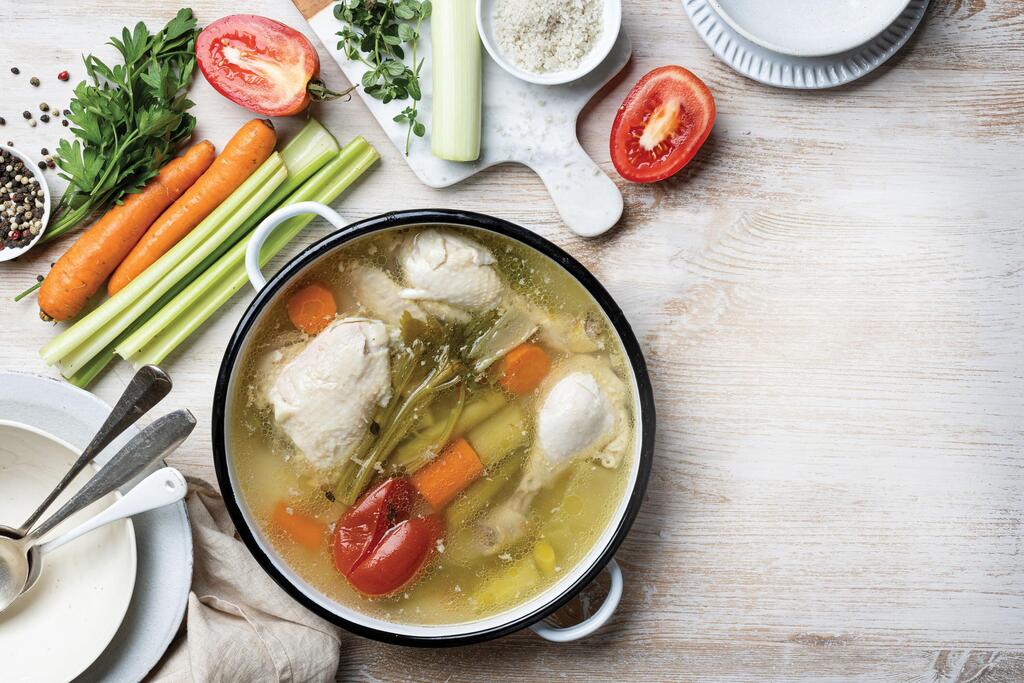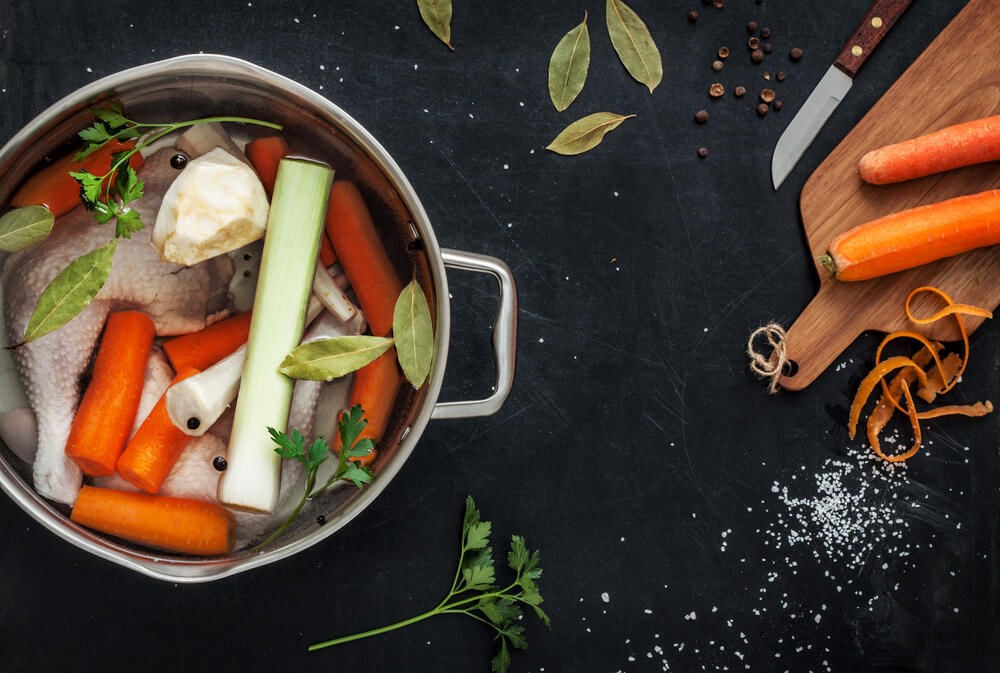Chicken soup is no longer seen as a dish made only by grandmothers. Various versions of it have emerged in recent years, presenting this traditional dish in a new light. However, the characteristic that remains unchanged in chicken soup is our perception of it as beneficial in combating illnesses common during winter.
More stories:
The warmth, ingredients, and tradition define chicken soup as the ultimate remedy for winter ailments. Some even refer to it as the "Jewish penicillin" or nature's antibiotic. It can be served with noodles or dumplings. In Yemen, it’s spiced with hawayij and served with chili. The French make a broth from it used in many dishes, in Italy it’s common to serve it with rice, and the Greeks add eggplants to it.
Ancient Chinese medicine recommends adding onion and ginger to chicken soup. The Chinese believe that warming the body from the inside with food that has a hot temperature and warm energy will contribute to strengthening the body and its resilience, especially against the cold and wind common during winter. In India, chicken soup combined with various medicinal herbs serves as a remedy for various conditions.
As early as the 12th century, Jewish sages recommended chicken soup as a remedy for colds. For example, American studies conducted in 1978 and later in 2000 demonstrated that specific components in chicken soup inhibit the activity of neutrophils, blood cells responsible for the development of inflammation.
This is due to the fact that various winter illnesses (viral or bacterial) essentially manifest as inflammation. Conditions can include a throat infection, sinusitis, a runny nose (also a result of inflammation), or respiratory tract infections. Chicken soup slows down the activity of the blood cells associated with the development of inflammation.
The herbs and spices used to season the chicken soup, such as pepper and garlic, also help in reducing phlegm. Additionally, the broth, containing water and essential electrolytes, helps in preventing dehydration.
Another theory suggests that the soup’s heat may contribute to the thinning of mucus, allowing it to become more fluid and be expelled from the body faster. However, a comparison between chicken soup and tea still demonstrated that chicken soup contains more essential components.
In any case, it appears that the warmth and steam alleviate difficulties in breathing and coughing. It’s possible that different amino acids present in chicken meat contribute to mucus thinning and spices, especially the spicy ones like chili pepper, also play a part as active compounds that have been proven to aid against phlegm.
Soup, by definition, is a liquid-rich food and is generally considered a low-calorie meal, as it primarily consists of water. However, we need to pay attention to what we add to the soup itself.
If the soup’s main ingredients are vegetables, a few potatoes or sweet potatoes, and chicken, then it constitutes a complete and balanced meal. If we prefer to avoid animal products, we can add tofu or legumes.
When adding other ingredients to the soup, such as almonds, croutons, pasta, or thickening agents, we’re introducing a significant amount of carbohydrates to the meal, and this should be taken into account.
The source of these carbohydrates is often processed and may be rich in fat, so it’s advisable to limit them. Creamy soups containing cream or fatty meat will have a high saturated fat content, increasing the soup’s calorie content accordingly.
It’s recommended to eat mainly the soup itself, containing vegetables, protein, and the added carbohydrates from sources like potatoes. If you’re still hungry, you can always have another serving.
Classic chicken soup recipe
Ingredients for 8 servings:
4 skinless chicken leg quarters, divided in half
2 peeled and diced potatoes
1 medium peeled and diced sweet potato
4 peeled and sliced carrots
4 peeled and sliced zucchini
1 peeled and roughly chopped celery root
1 peeled and roughly chopped parsley root
Half a bunch of chopped dill
Half a bunch of chopped parsley
Chopped celery leaves
2 liters of water
Salt to taste (preferably sea salt or low-sodium salt)
Instructions:
1. Rinse the chicken and place it in a pot.
2. Add the vegetables, roots, and herbs, and cover with water.
3. Cook for 40-50 minutes until the vegetables and chicken are tender, adding salt to taste while cooking. Be careful not to oversalt the soup, as the chicken may already contain some salt.





